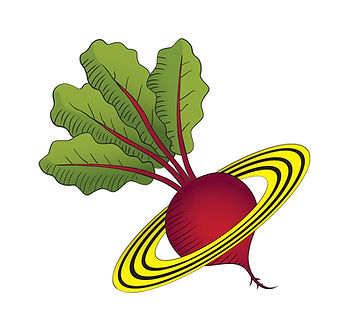People often ask me how a chicken plucker works. After all, picking out feathers by hand is hard work that takes a lot of time. A chicken plucker makes the job so much easier.
This guide will go into great detail about how a chicken plucker works, its main parts, how to use it correctly, and how to get the best results. This information will help you get the most out of this useful tool, whether you’re processing a few birds for dinner or running a small chicken farm.
Overview of the Chicken Plucking Process
Before we dive into chicken plucker mechanics let’s quickly review the poultry plucking process. After slaughter, chickens are submerged in hot water to loosen the feathers from the skin. This is called scalding. The ideal temperature is 125-140°F for 30-90 seconds.
Scalding prepares the feathers for efficient removal by the plucker. If you don’t scald the machine right, it will have a hard time working and may hurt your skin.
Okay, now let’s get into the nitty gritty details!
Key Components of a Chicken Plucker
While styles vary, most chicken pluckers consist of:
-
Motor – Powers the rotating mechanism. Horsepower and RPMs depend on capacity.
-
Drum or Plate – Holds the plucking fingers and spins via the motor. Drums suit large operations, plates for small batches.
-
Plucking Fingers – Made of rubber/plastic. Grips and pulls feathers off. Size, hardness, and flexibility are important.
-
Optional Water System – Sprays water to wash away feathers. Improves efficiency.
-
Collection System – Guides removed feathers out of the machine for disposal.
Now let’s see how these components work together to strip those feathers!
How the Plucking Mechanism Works
Here are the step-by-step mechanics:
-
Scalded chicken is placed in drum or held against spinning plate.
-
As drum/plate rotates, fingers rub against the carcass.
-
Fingers grip feathers and pull them out via friction/abrasion.
-
Water spray (if present) washes feathers away to prevent clogging.
-
Removed feathers are guided outside into collection bin.
-
In 30-90 seconds, the chicken is plucked clean!
It’s the interplay of rotation speed, finger texture, and water that allows the plucker to mimic hand plucking, just much faster.
Tips for Optimizing Plucker Performance
To get the best results from your chicken plucker, keep these tips in mind:
-
Temperature control – Crucial for proper scalding. Too cold and feathers won’t release; too hot risks skin damage.
-
Bird size – May need adjustments for small birds like cornish hens or large birds like turkeys.
-
Maintenance – Keep plucking fingers in good condition and machine interior clean.
-
Speed settings – Adjust RPMs based on factors like breed size and desired plucking duration.
-
Noise reduction – Add sound dampening features if noise is an issue.
Follow the manufacturer’s guidance, and experiment to find the ideal settings for your needs. A well-maintained plucker should provide years of reliable service!
Frequently Asked Questions
Here are answers to some common chicken plucker questions:
What birds can be plucked?
Most breeds and sizes of chickens. Other poultry like ducks and geese too in some cases.
How long does it take?
Usually 30-90 seconds per bird.
What are the fingers made of?
Rubber or plastic to grip feathers without damaging skin.
How do I clean it?
Rinse thoroughly after each use. Remove debris from fingers. Allow to fully dry.
Does it remove pinfeathers?
Not completely. Some secondary plucking is required.
Is it noisy?
Yes, about as loud as a lawnmower. Ear protection recommended.
Can I use it for wet chickens?
Yes, but it’s better optimized for dry plucking. May need modifications.
What safety tips should I follow?
Unplug before cleaning. Don’t overload. No loose clothing. Supervise kids.
Final Thoughts

Products For Gardeners

